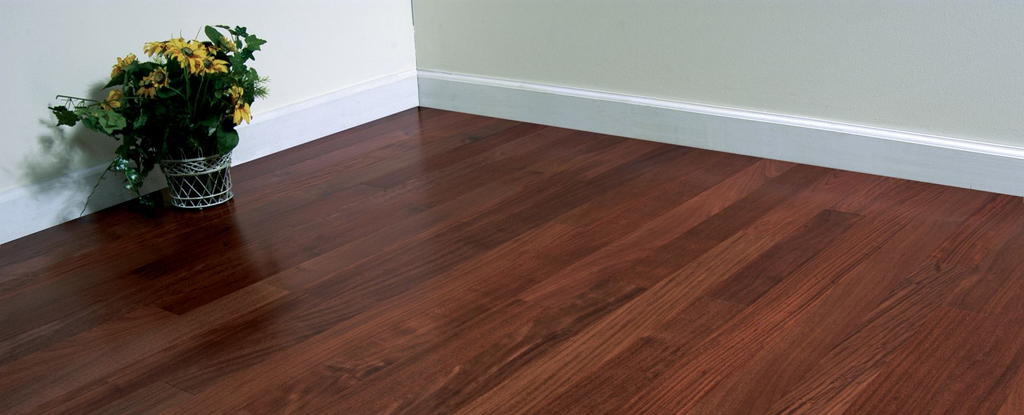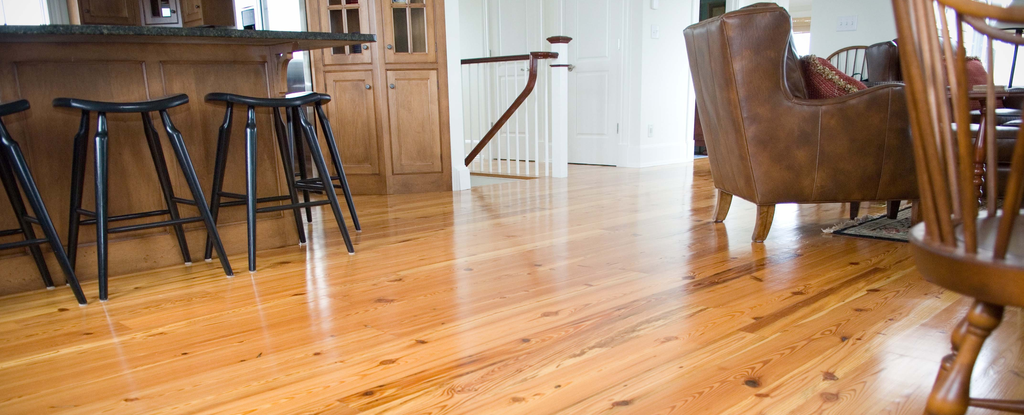Hardwood flooring is a popular choice for homeowners and designers looking for a beautiful and durable flooring option. It is elegant, goes well in every setting,and can be affordable.
One of the most important considerations when selecting a wood flooring type is the species. Different wood species have distinct properties that make them more or less suitable for use in flooring applications.
In addition to aesthetic considerations, the environmental impact of wood flooring has become an increasingly important consideration for many consumers. Fortunately, wood flooring is a renewable resource that can be harvested responsibly, and there are many options available that have a minimal impact on the environment.
Don’t forget to read our blog for more information on hardwood flooring!
Hardwood Species
Oak is a hardwood species that is known for its strength and durability, making it a popular choice for high-traffic areas. It has a distinctive grain pattern that adds character and visual interest to flooring. It’s available in a range of colors, from light to dark.
Maple is another hardwood species that is popular for flooring. It has a light, uniform color and a fine, straight grain pattern that make it ideal for a modern or contemporary look.
Mahogany is a tropical hardwood species that is prized for its deep, rich color and straight grain pattern. It is a hard and durable wood that is often used in high-end flooring applications. However, because mahogany is becoming increasingly rare and expensive, it is often used in smaller quantities or as a veneer.

Softwood Species
Cherry is a medium-density hardwood species with a rich, reddish-brown color and smooth grain pattern. In consequence, it’s often used in flooring applications to add warmth and character to a room.
Pine is a softwood species that is commonly used in flooring applications due to its affordability and rustic charm. It has a light color and a pronounced grain pattern that add character and texture to a room.
However, as these last two species mentioned are relatively soft woods, they may not be the best choice for high-traffic areas. It’s always crucial to know what use the area you are installing the floor in will have.

When selecting a wood species for your flooring project, it’s important to consider factors such as durability, color, texture, and cost. By choosing the right wood species for your needs, you can create a beautiful and long-lasting flooring option that will add value and character to your home or business.

